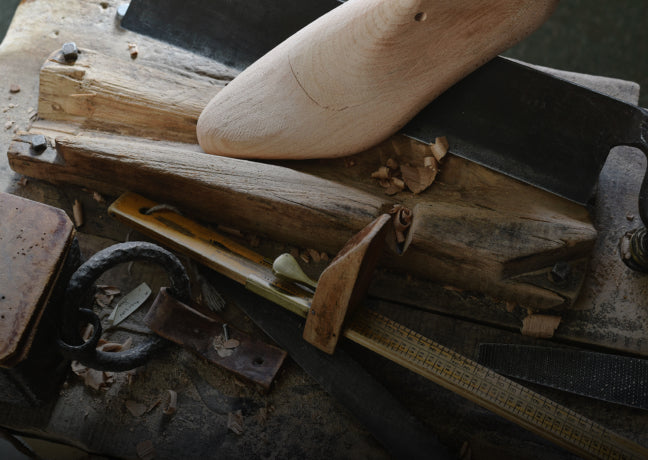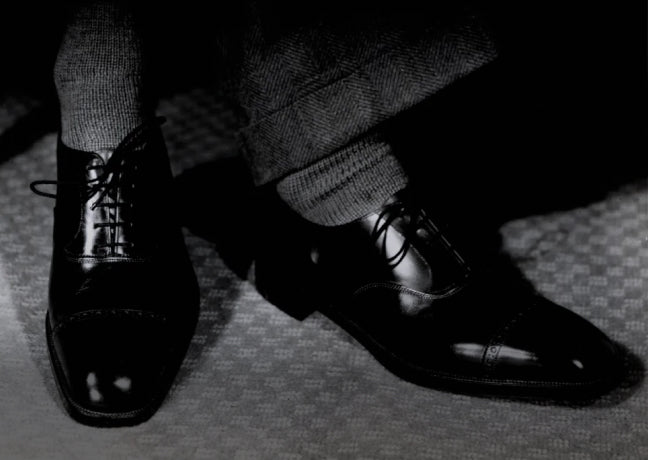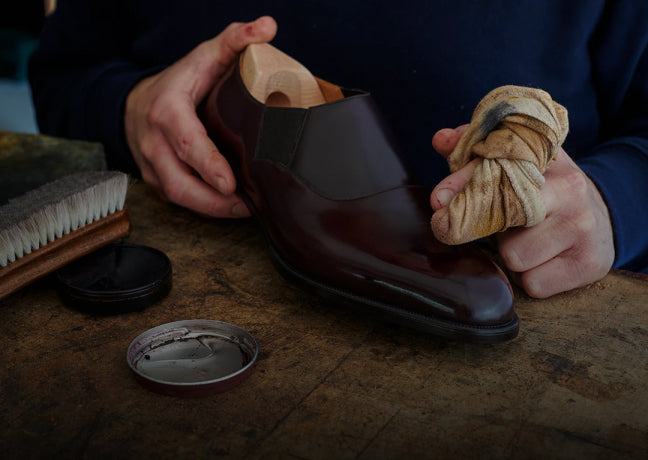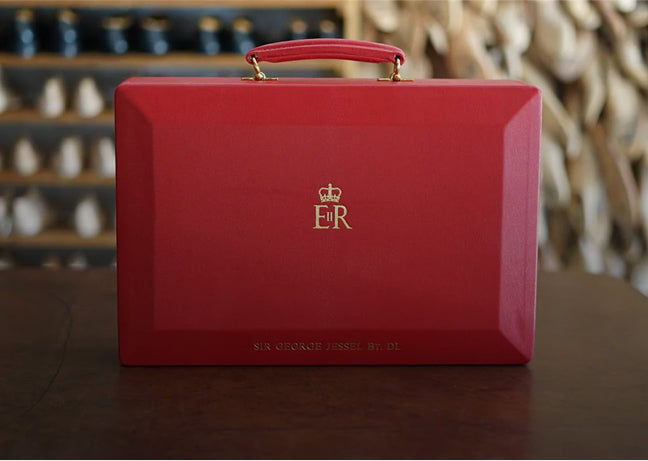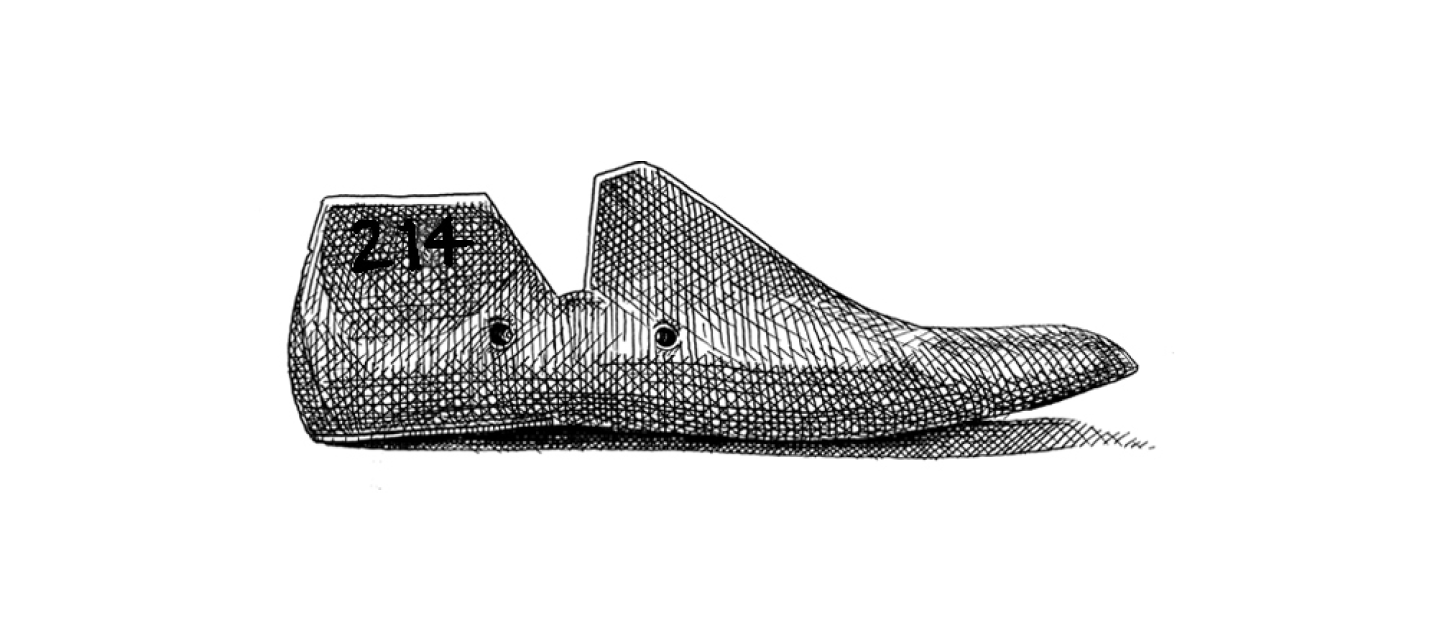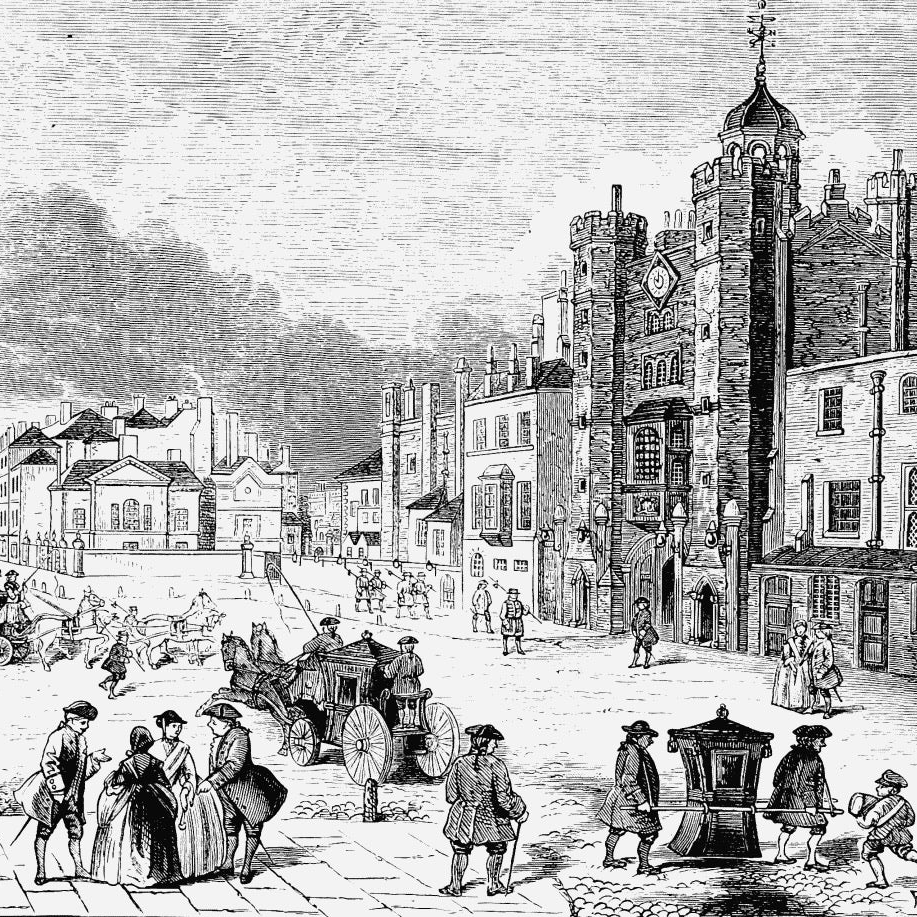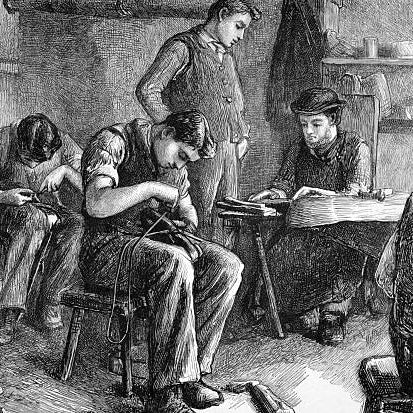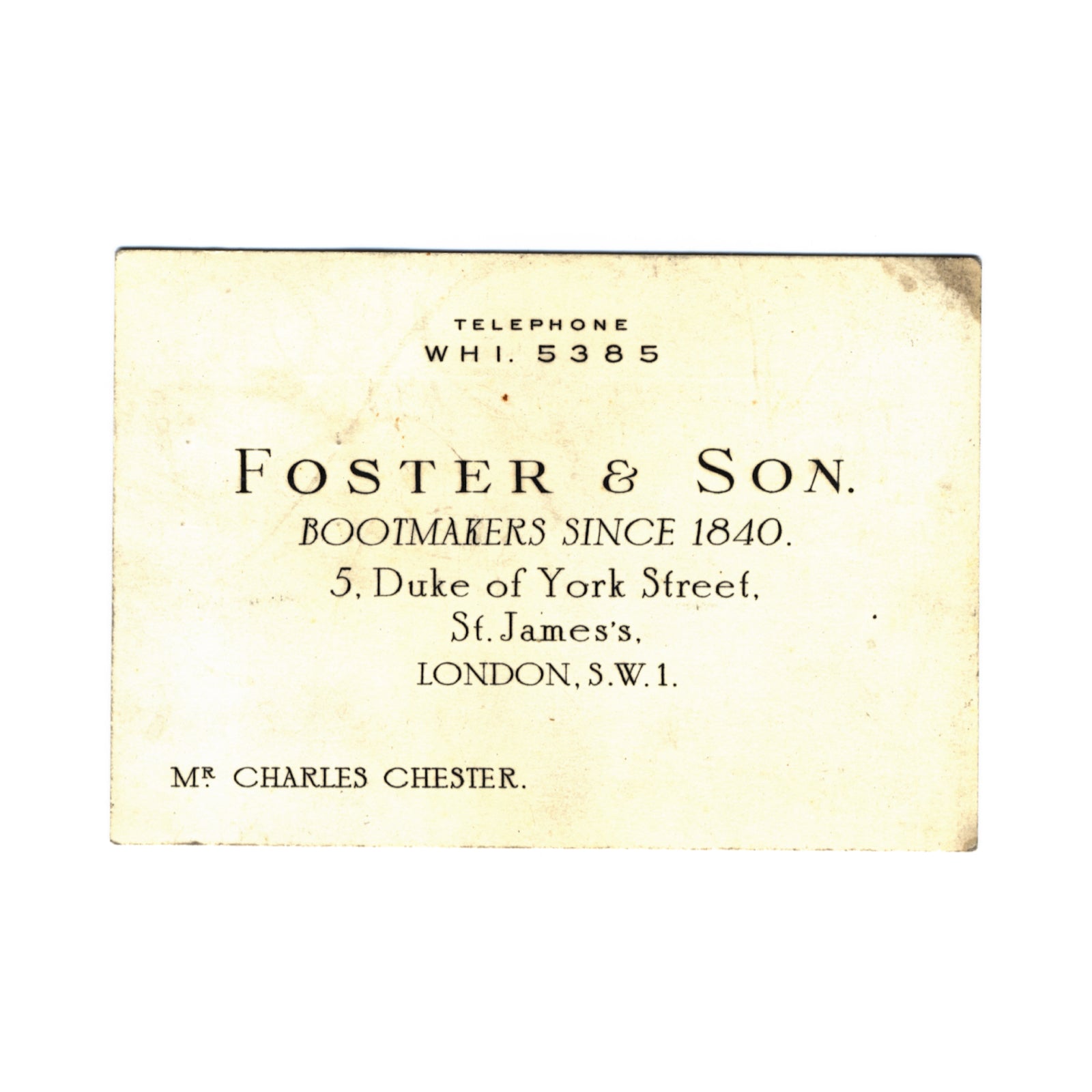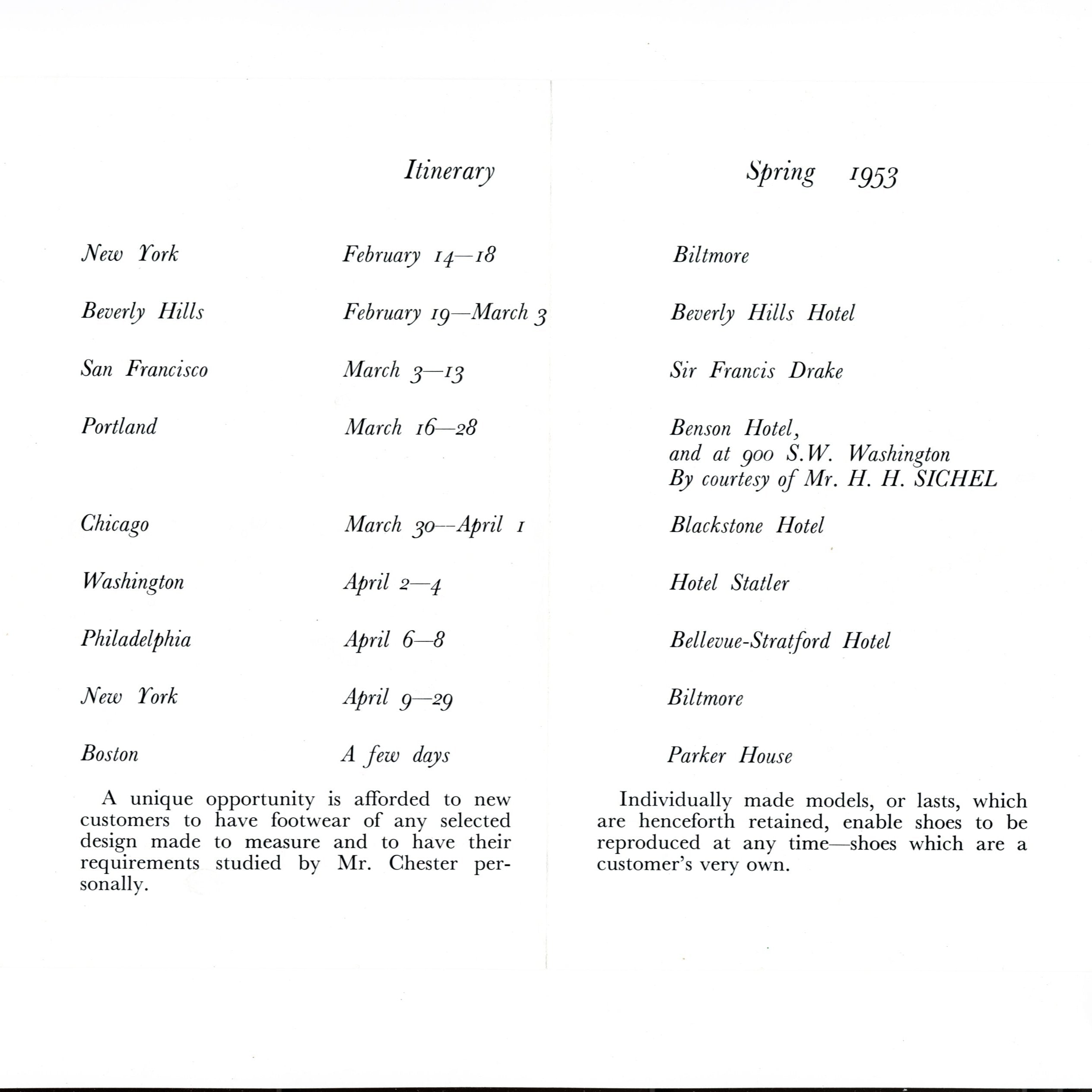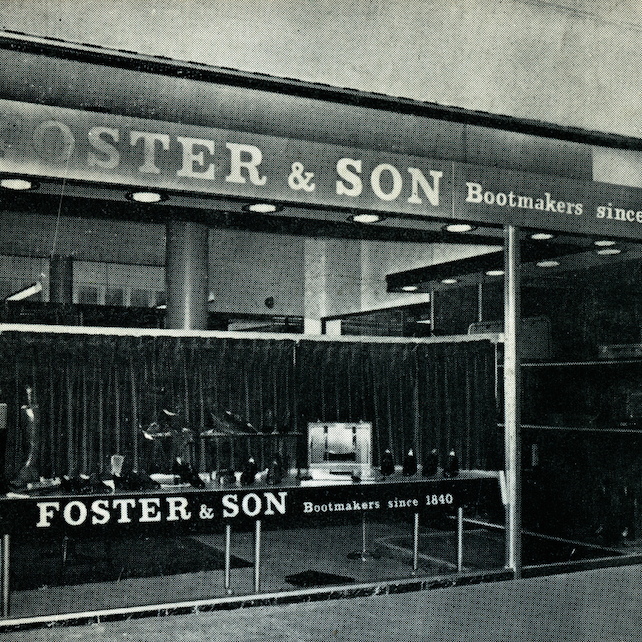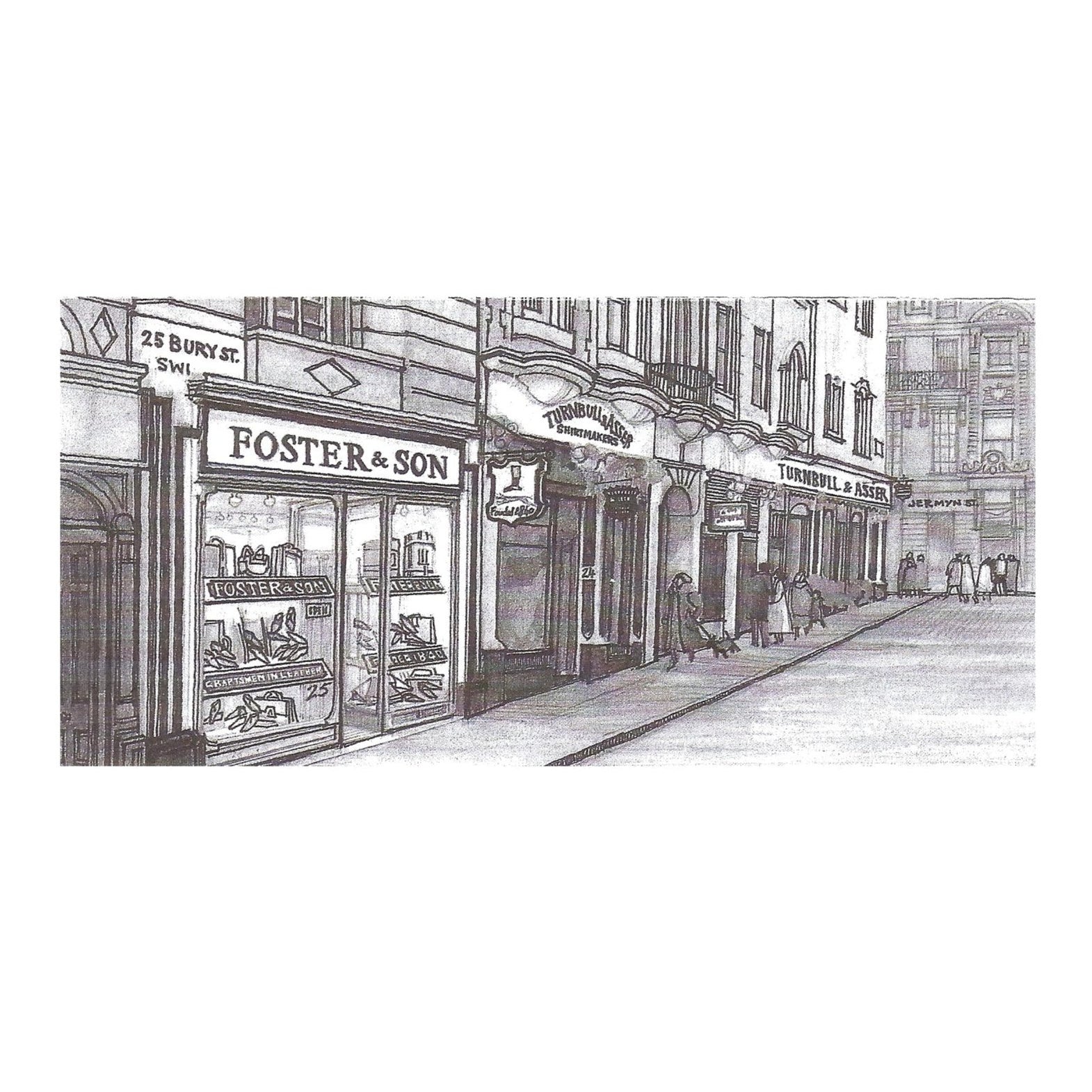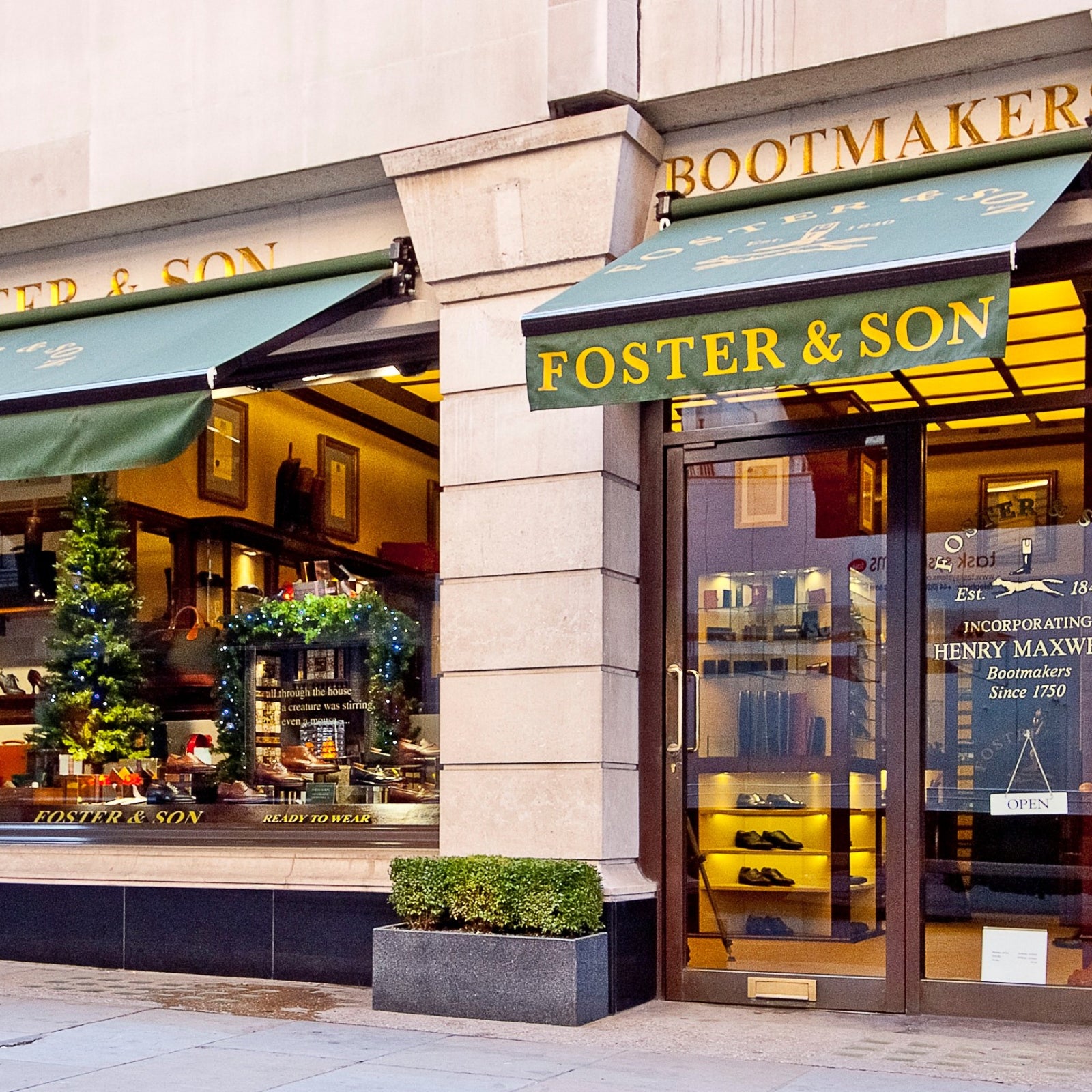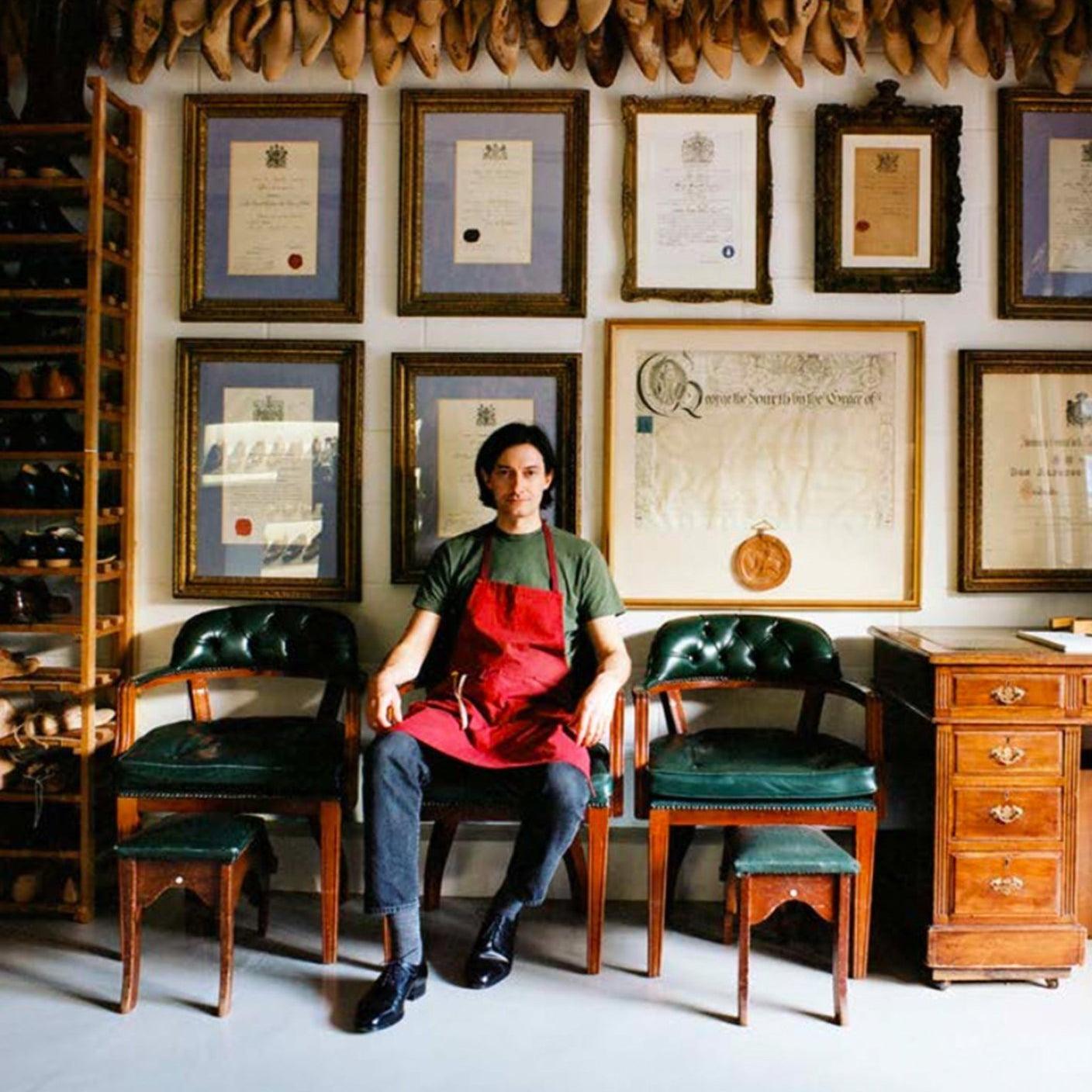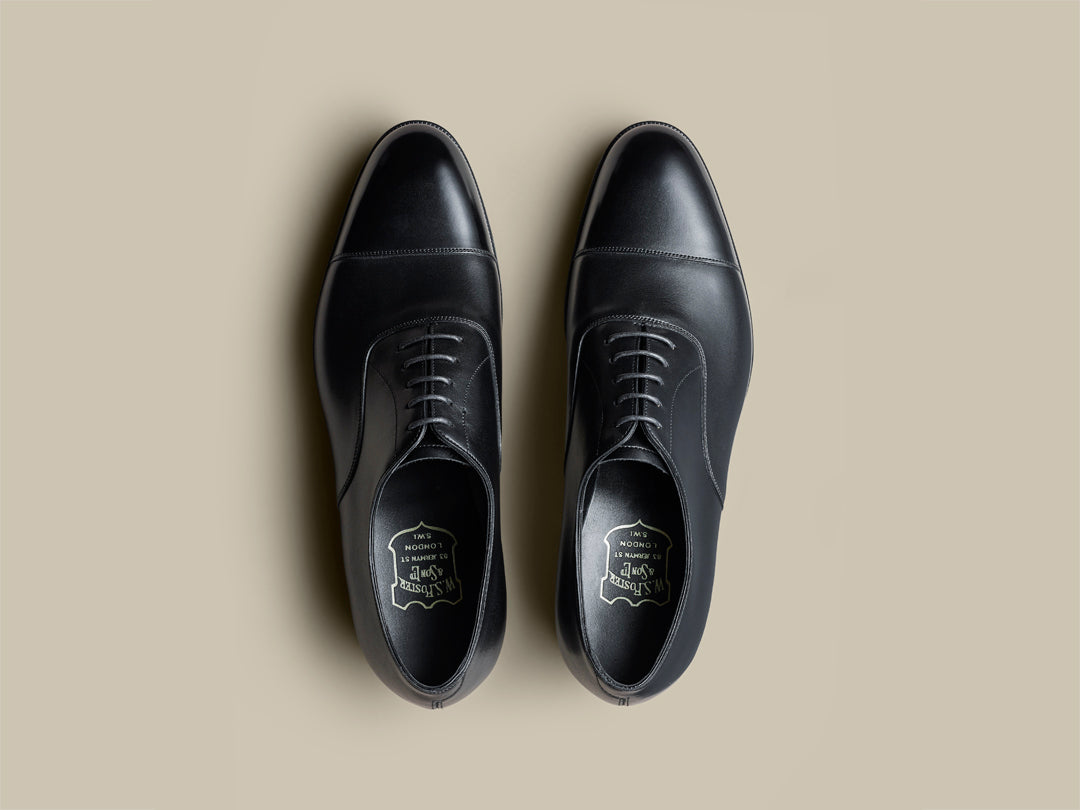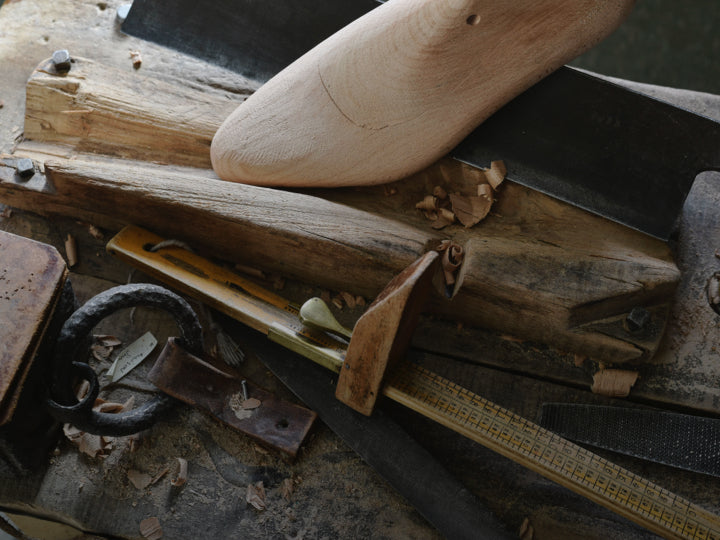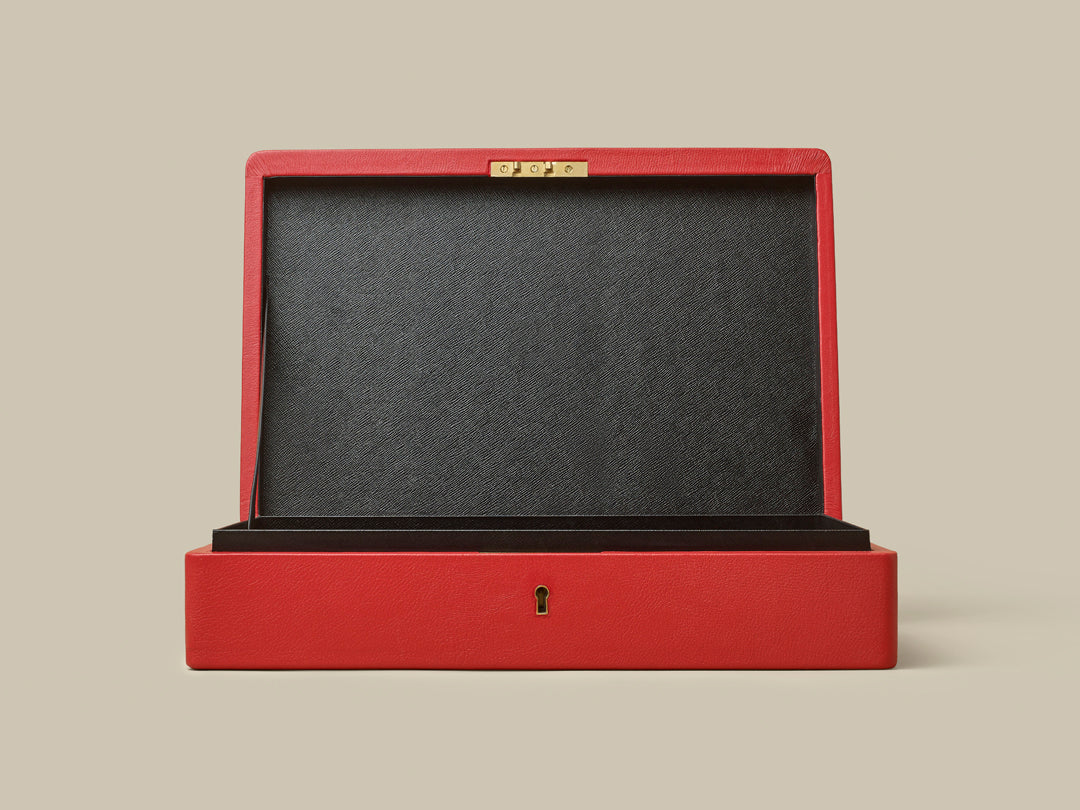Our History
For over 180 years we've been perfecting our craft, making us one of London's oldest shoe and bootmakers.
Founded 1840
Foster & Son was established as a bespoke boot and shoemaking workshop in St. James’s, London. At that time, being located near the Royal Household and gentlemen’s clubs was the ultimate mark of quality for firms like ours. The company quickly earned a reputation for high-quality handcrafted shoes, boots, and leather goods, meticulously tailored to meet the needs of distinguished and discerning clients both in London and around the globe.
Late 1800's - 1930's
At its peak during the 19th and early 20th centuries, Britain stood as the foremost global power. With London at the center of political, diplomatic, commercial, and social life, the city emerged as a hub of excellence for shoemaking. The distinctive ‘West-End’ style was developed and refined in the workshops of the time, including our own, leading to a burgeoning demand from all corners of the globe.
1940's
Two days before the end of 1941, the premises that had housed Foster & Son since its founding in 1840 were destroyed by enemy action. For many years, the old shop proudly displayed the motto "World-Wide Clientele." It remains true that there are very few places on the map where our shoes have not tread. Now operating from 5 Duke of York Street in St. James’s, the firm’s reputation for elegantly crafted footwear continued to grow.
1950's – Post-War Recovery
The business rebounded from the setbacks of World War II, with post-war Britain witnessing a resurgence in luxury demand. The 1950s marked a significant expansion as the film industry flourished and glamour returned to the forefront of culture. Our international travel resumed, enabling us to serve our growing Hollywood clientele, which included iconic figures such as Cary Grant, Clark Gable, Charlie Chaplin, and Fred Astaire. Today, Foster & Son’s shoes and leather goods continue to be in high demand overseas.
1960's – Move to Jermyn Street
By 1966, Foster’s thriving business welcomed the arrival of celebrated master last-maker Terry Moore. Having honed his craft at Peal & Co. before its closure, Terry brought his expertise to Foster & Son, refining our elegant designs and perfecting the fit of the classic shapes we still produce today. The business also moved to a new, larger location at 83 Jermyn Street, a renowned destination for luxury men’s fashion. With this expansion, we introduced Goodyear-welted ready-to-wear shoes to our collection for the first time. Many of the shoes crafted during this period remain timeless and are still in production today.
1970's - 2000's
In response to growing demand for leather goods - such as our prestigious Ministerial Despatch boxes, luggage, and briefcases - Foster & Son has expanded to a second location at 25 Bury Street, St James's, just a short walk away from our original site.
As a trusted supplier of Despatch Boxes to the Sovereign, the Government, and official representatives, our iconic red boxes have long been seen entering and leaving No. 10, securely carrying confidential documents for Her Majesty and the Prime Ministers of the day.
Early 2000's - The next generation
As we step into our second century and a new millennium, our workshop is training a new generation of artisans under the expert guidance of master last-maker Terry Moore.
This new decade also marks a unique milestone, as our workshop begins with the special commission of crafting riding boots for Her Majesty Queen Elizabeth II.
2017 to Present – Continuing the legacy
Foster & Son embraces a renewed focus on enhancing the quality of our products and customer service to meet the evolving demands of our customers.
In 2021, we took a significant step forward by relocating our workshop to a larger, custom-built space in London, designed under the expert guidance of our skilled craftspeople.
As proud custodians of the unbroken tradition of West-End shoemaking, with continued, independent, private English ownership, we remain deeply committed to preserving our heritage while continuing to uphold the timeless values and styles that define Foster & Son.
